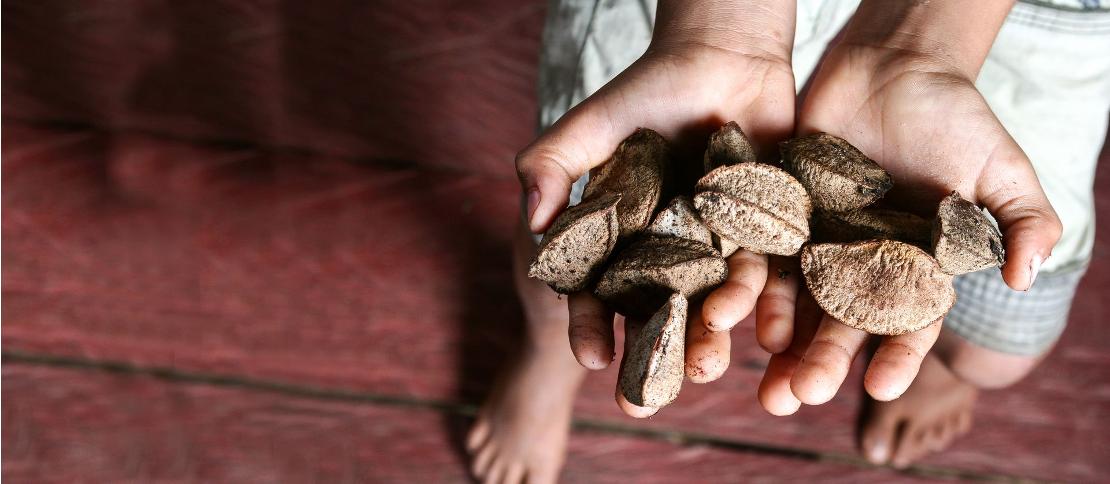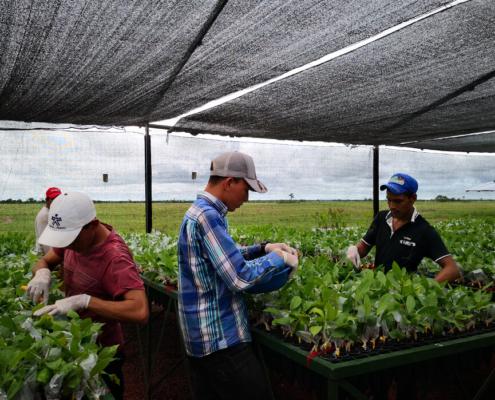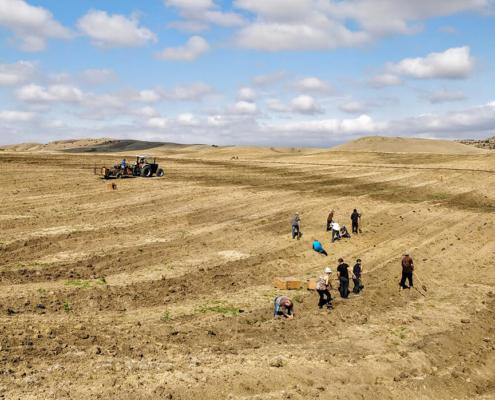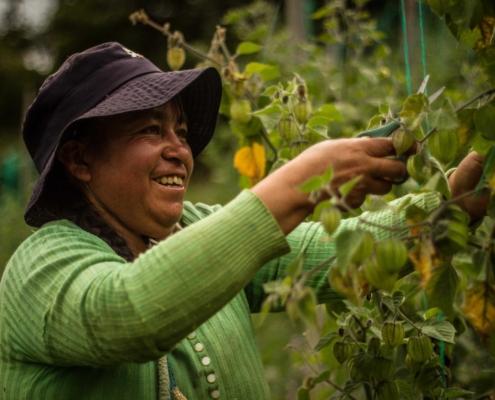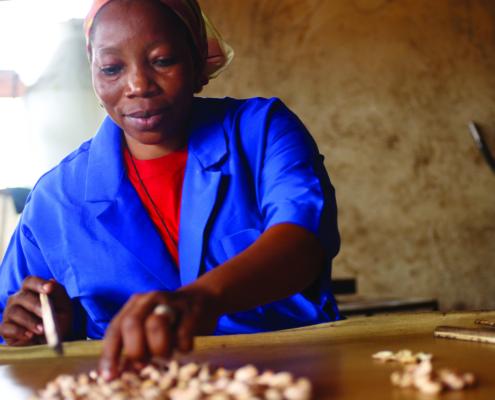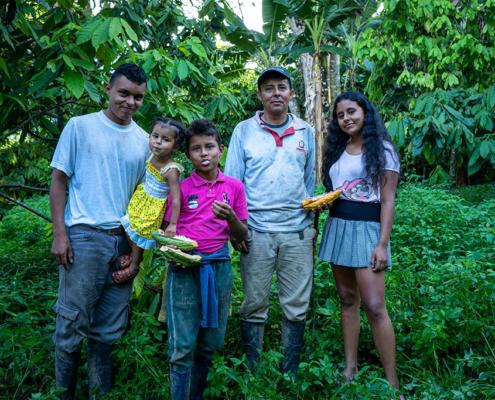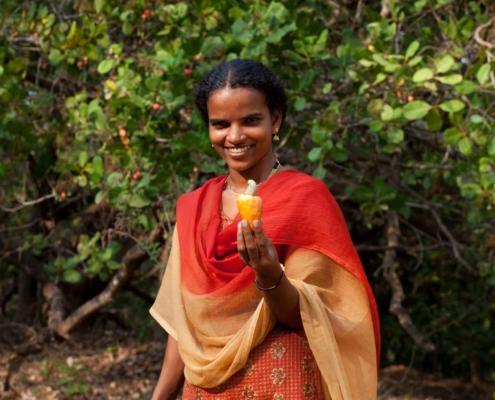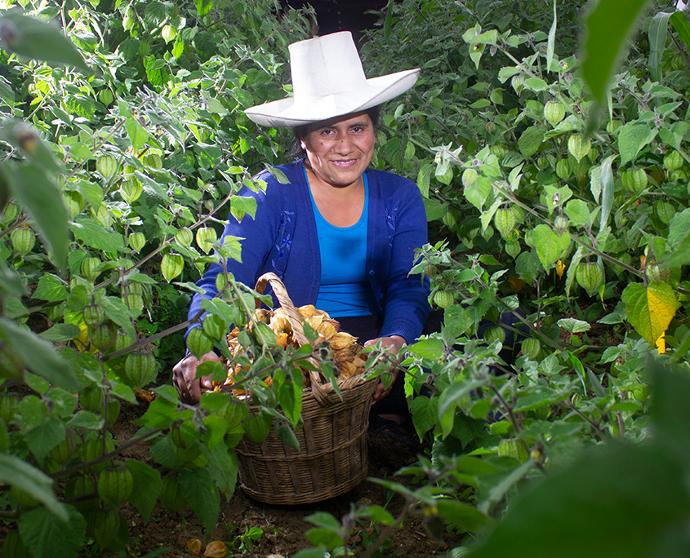Nuts – real and »false«
Nuts are delicious and healthy. But what actually are nuts, and why is a distinction made - at least in botany - between true and false nuts? A true nut is characterized by three woody pericarp layers that enclose the nut fruit. The seed of the fruit is consumed, which is sold as a nut. The true nuts include hazelnut, walnut, beechnut and the sweet chestnut.
So-called "false" nuts are those that are commonly referred to as such, but actually belong to the legumes, drupes or capsules.
Legumes and stone fruits
The peanut is a legume and therefore related to peas and beans. Almonds, pistachios and pecans are drupes and thus in a group with peaches, plums or olives. The characteristic feature is that only the inner pericarp is woody, which is surrounded by the pulp. Here we eat not the seed, but the kernel. The cashew nut is also a drupe. However, it is a special case, since the kernel is not surrounded by the pulp, but hangs outside the cashew apple.
Capsule fruit
The Brazil nut, on the other hand, is neither a nut, nor a drupe, nor a legume, but a capsule fruit. Here, too, the pulp is woody and contains the seed that we eat. The "nuts" grow in large fruit capsules on the tree.
Nuts are power packs with:
- vital fatty acids
- Vitamins, including fat-soluble
- Dietary fiber
- Proteins
-
Mineral nutrients
- secondary plant substances
Nuts are true powerhouses. They provide essential fatty acids and fat-soluble vitamins, dietary fibers, proteins, minerals, vitamins and secondary plant compounds. They also contain significant amounts of the essential amino acid leucine. Leucine plays an important role in building and maintaining muscles. Various studies indicate that regular consumption of nuts is associated with positive health effects. Daily consumption of 1 portion (20- 30g) of unsalted nuts is recommended. This is roughly equivalent to a handful.
Source: Schweizerische Gesellschaft für Ernährung SGE (2019). Merkblatt Nüsse, Samen und Kerne.
Nuts in the shell should be stored in a dry, cool and airy place, preferably in nets. In this way they can be stored for several months. Processed nuts (shelled, ground, chopped, sliced, roasted, seasoned) should be stored protected from oxygen and sunlight, ideally at 15 degrees. Closed, opaque packaging is particularly suitable for this purpose.
Nuts in the shell should be stored in a dry, cool and airy place, preferably in nets. In this way they can be stored for several months. Processed nuts (shelled, ground, chopped, sliced, roasted, seasoned) should be stored protected from oxygen and sunlight, ideally at 15 degrees. Closed, opaque packaging is particularly suitable for this purpose.
Due to climatic requirements, the nuts in the Pakka range come from developing and emerging countries. Because the living conditions of small farmers in these regions of the world cannot be compared with European standards, it is essential to establish fair trading relationships. That is why Pakka not only markets the products of its southern partners, but also pays them guaranteed and stable minimum prices, partially pre-finances their harvests and concludes long-term contracts with them. Through Fairtrade certification (Max Havelaar label), smallholders also benefit from a Fairtrade premium for their products to invest in community projects (e.g. better education or infrastructure). In addition to these practices, Pakka is committed to making a financial contribution: for every product sold in Switzerland, 5 centimes go to the Pakka Foundation , to support projects in the countries of origin. The sum of all these efforts stands for "fair trade" as it is lived and practiced at Pakka.
Origin of the Pakka Nuts

